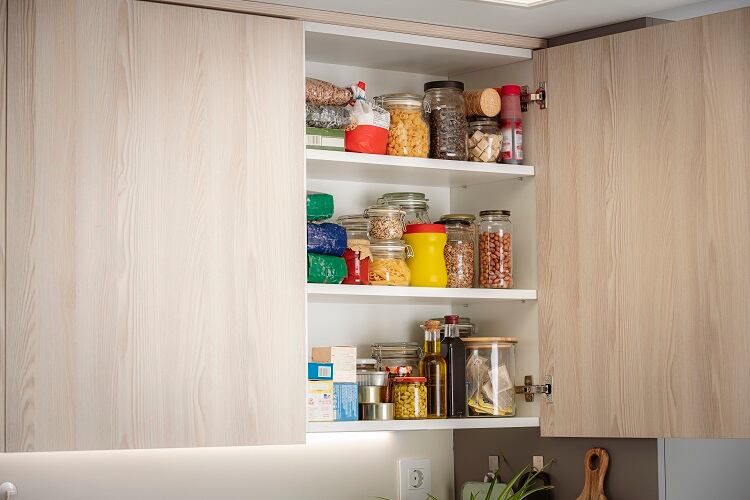The report focuses on the environmental benefits of returnable packaging compared to single-use packaging. It was developed with input by national governments, organisations such as the European Investment Bank, and companies such as Nestlé, PepsiCo and The Coca-Cola Company.
Sources of emissions
One of the main sources of greenhouse gas emissions from plastic packaging, either reusable or single-use, is the production process. The reason reusable and returnable packaging as a sector is usually linked to fewer emissions is the fact that these emissions are, in a sense, ‘spread out’ through its many uses, whereas as single-use packaging is only used once, each time connected to the emissions of a whole production process.
The report presented several scenarios, each comprising of different scales of use for returnable packaging, and ascertained whether GHG emissions related to returnable packaging would be fewer than with single-use packaging. In most instances, the reusable packaging was linked to fewer emissions than the single-use.
However, in the case of its use for food cupboard products at a ‘fragmented’ scale – where the return network is moderate and so returns are lower, packaging isn’t standardised and pooled, and reusable packaging has less than 2% of the market share – the reusable packaging was slightly higher in GHG emissions.
Because returnable packaging for food cupboards is five times the weight of ‘flexible’ single-use packaging, unlike other kinds of returnable packaging which are only twice the weight of single-use, far more packaging is created for each individual item of returnable packaging and it is therefore linked to more emissions. Because in the ‘fragmented’ scenario, returns are lower, more reusable packaging is made and therefore more GHGs are emitted.
In the other scenarios, where reusable packaging has been upscaled, returns are more widespread, meaning that, seemingly paradoxically, less new reusable packaging, at least per person, is manufactured.
The upsides of upscaling
Upscaling the use of returnable packaging, for example by creating larger cleaning and sorting centres instead of lots of smaller ones, can reduce the GHG emissions associated with transport. It can also make the sorting and cleaning process less complex, standardising it and therefore cutting down on the amounts of cleaning lines needed.
Pooling packaging into the same production centres will also further improve the effectiveness of emissions reduction, further reducing the GHG emissions from transport.
Finally, high return rates are crucial to the success of any aim to reduce emissions. The more packaging is returned, the less new packaging needs to be made and the lower the GHG emissions are. In fact, in order to reduce the emissions associated with returnable food cupboard packaging in particular, a higher return-rate is crucial.


